Hotline: +381 61 63 84 071
One third of refugees – children
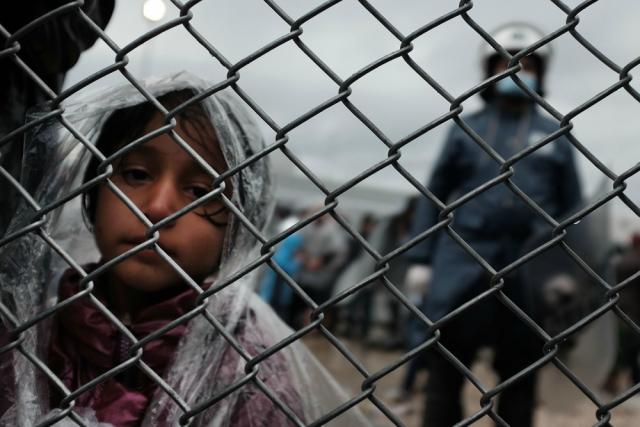
Belgrade -- more vulnerable than adults, exposed to smugglers and violence, and they do not know how to protect themselves - children make up a third of the refugees seeking their way to Europe.
The most vulnerable among them are those who are travelling without their parents, usually in a group of peers or accompanied by unknown people.
Parents deceived by smugglers that a better life awaits their children in a richer society, children who believe that far from home, in peace, they will be able to learn and work, lost or separated from their families during the journey - there is a number of reasons why children find themselves alone on such a long journey.
"When such children come to us, we refer them to the social protection system of the Republic of Serbia, and the system generally does everything that is in its power, but the social protection system of the Republic of Serbia is bad. It is bad even for our children, how could it be any better for the refugee children. First, do we have a sufficient number of social workers at the level of the Republic of Serbia? Second, in this social protection system, just like everywhere else, there are people who want to do a lot, but can not, and there are people who do not want to do anything, because they can”, says Vladimir Sjekloća from the Asylum Info Centre.
Children who are travelling alone are mostly teenagers, usually travelling in a group, rarely accompanied by adults, and most often without enough money.
"What refugee children tell us themselves is that they were forced to commit various criminal acts, they were forced to do the hardest forms of child labour, and that some of them were subjected to sexual violence and various forms of exploitation”, says Jelena Hrnjak from the Citizens’ Association for combating trafficking in human beings “Atina”.
If they decide to stay longer in Serbia, they are faced with the police, social welfare centre, Reception centre, guardians, asylum seeking procedure and accommodation in one of the Asylum centres, where they reside among adults.
”The system needs to be empowered so that it recognises that children have suffered some form of violence, and also to provide them with adequate protection, not only in accommodation, but also in the programmes. Today, we in Serbia have 1,000 refugees who are in the territory of our country, and who have been here for several weeks now. None of the refugee children are going to school, and under the Constitution and the law of our country all children should be treated equally”, Hrnjak added.
While children from Syria and Iraq generally travel with their parents, in the second wave of refugees, most of the unaccompanied children passing through Serbia fled from Afghanistan and Pakistan, and more and more often they are coming from the north of Africa.
”During the assessment done by the police, social welfare centre and a guardian who is assigned to the child for the best interest of the child, it is very important to determine whom the child is in a group with. It is not good to separate a child from the group, and on the other hand it is important to evaluate and look at relations in the group, whether a child is really with their friends, with an uncle, cousin, or is that person actually a smuggler”, says Anja Stefanović from the Belgrade Centre for Human Rights.
According to the official data of Europol, at least 10,000 unaccompanied refugee children disappeared after arriving to Europe.
For NGO Atina, text translated by Marija Pantelić
The original text can be found here:
http://www.b92.net/info/vesti/index.php?yyyy=2016&mm=03&dd=12&nav_category=12&nav_id=1106909

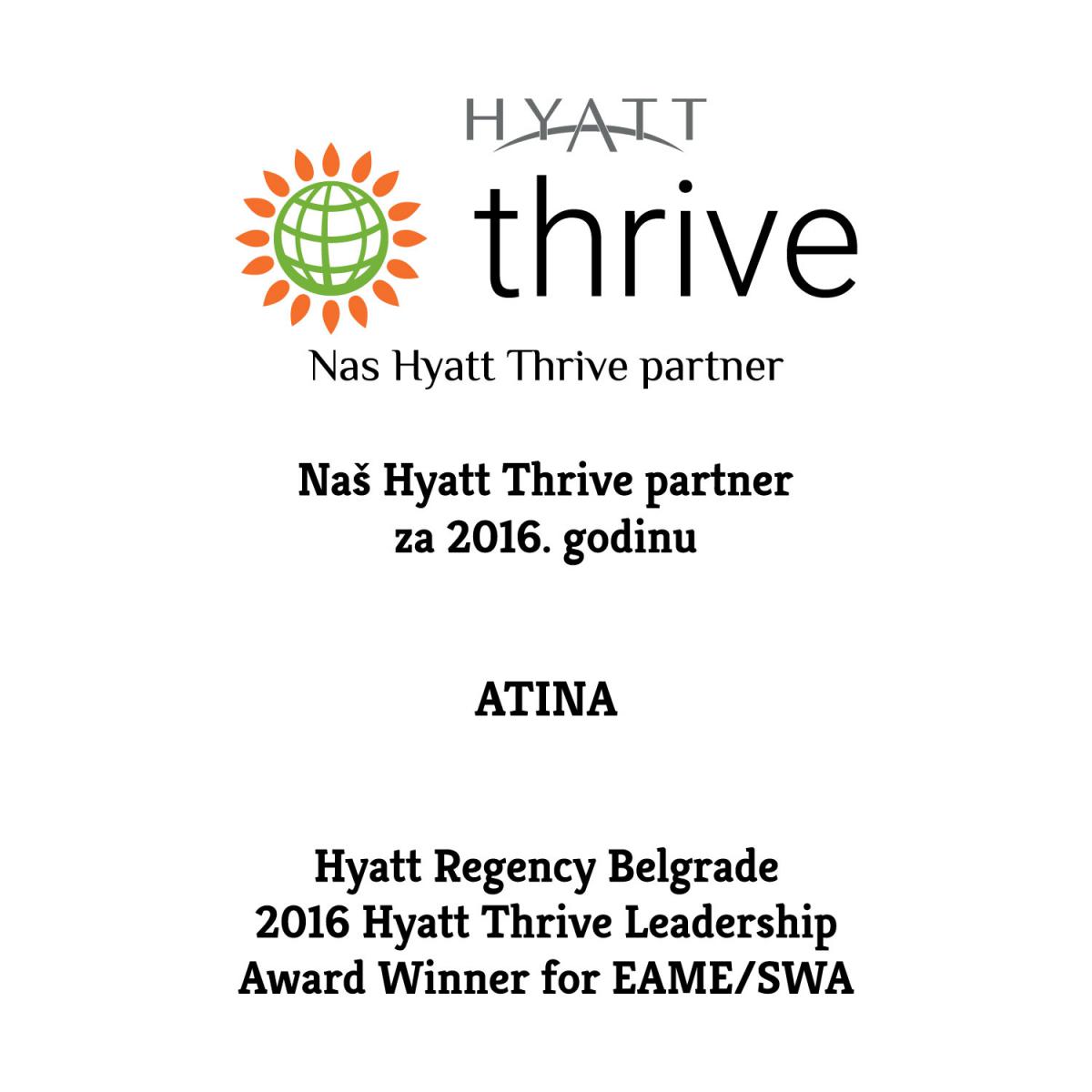
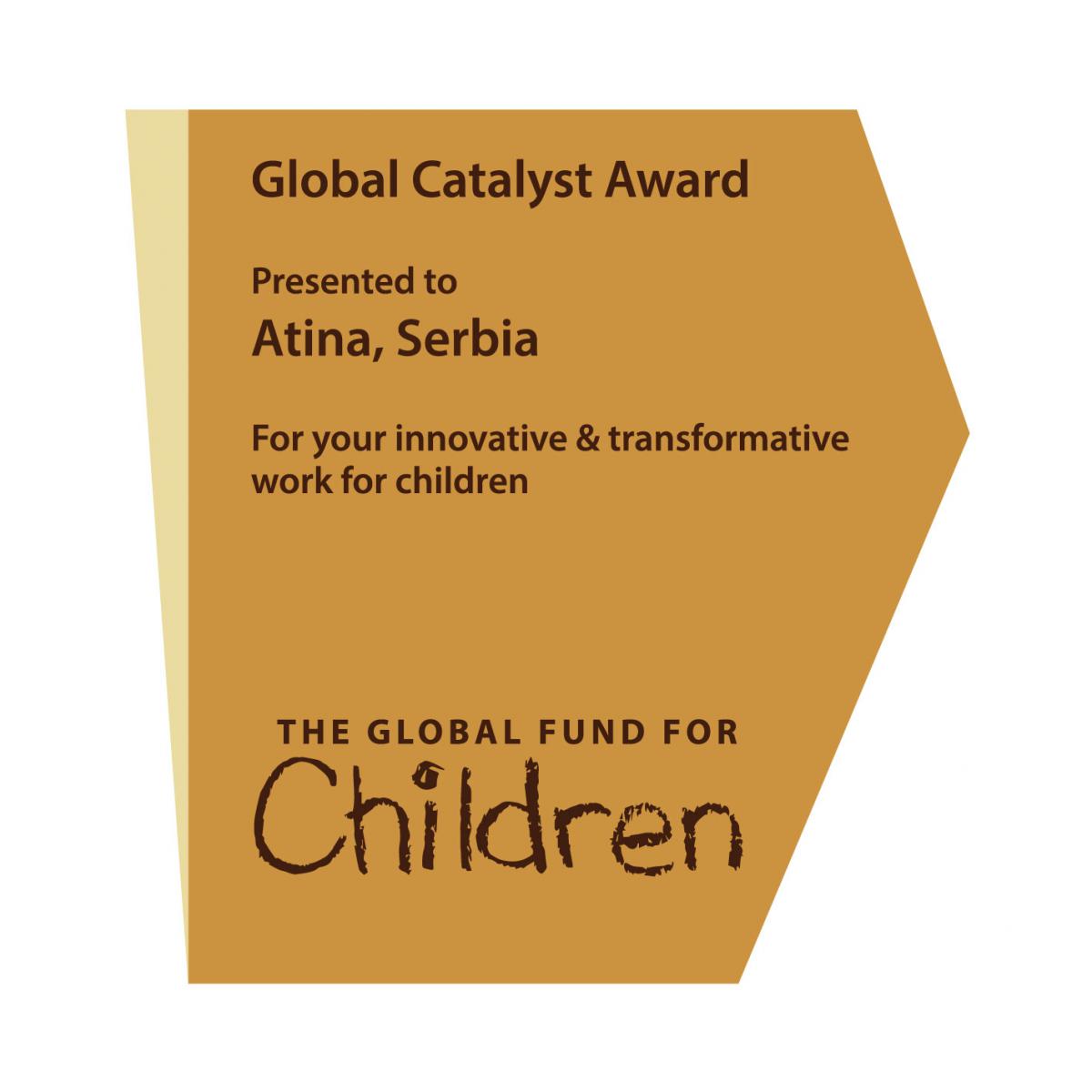
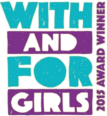
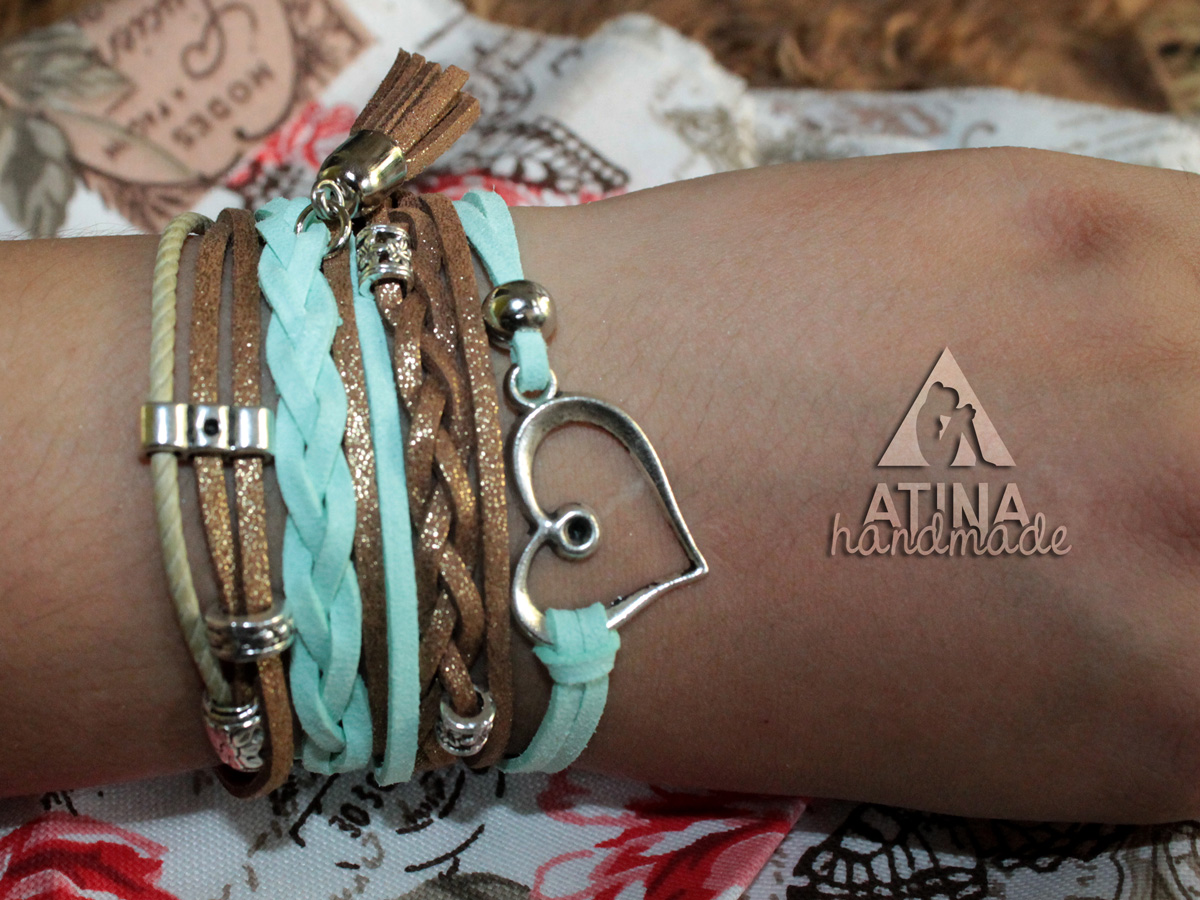







 FACEBOOK
FACEBOOK TWITTER
TWITTER YOUTUBE
YOUTUBE